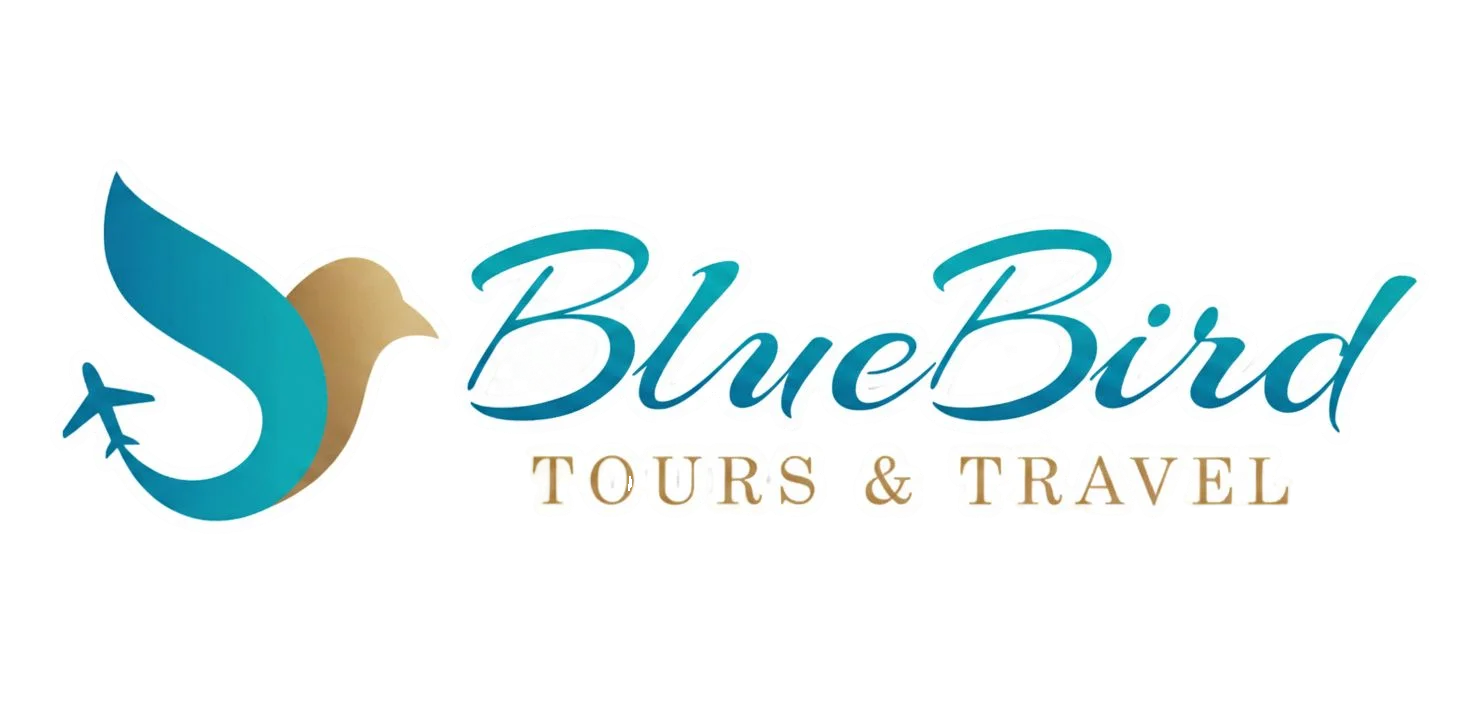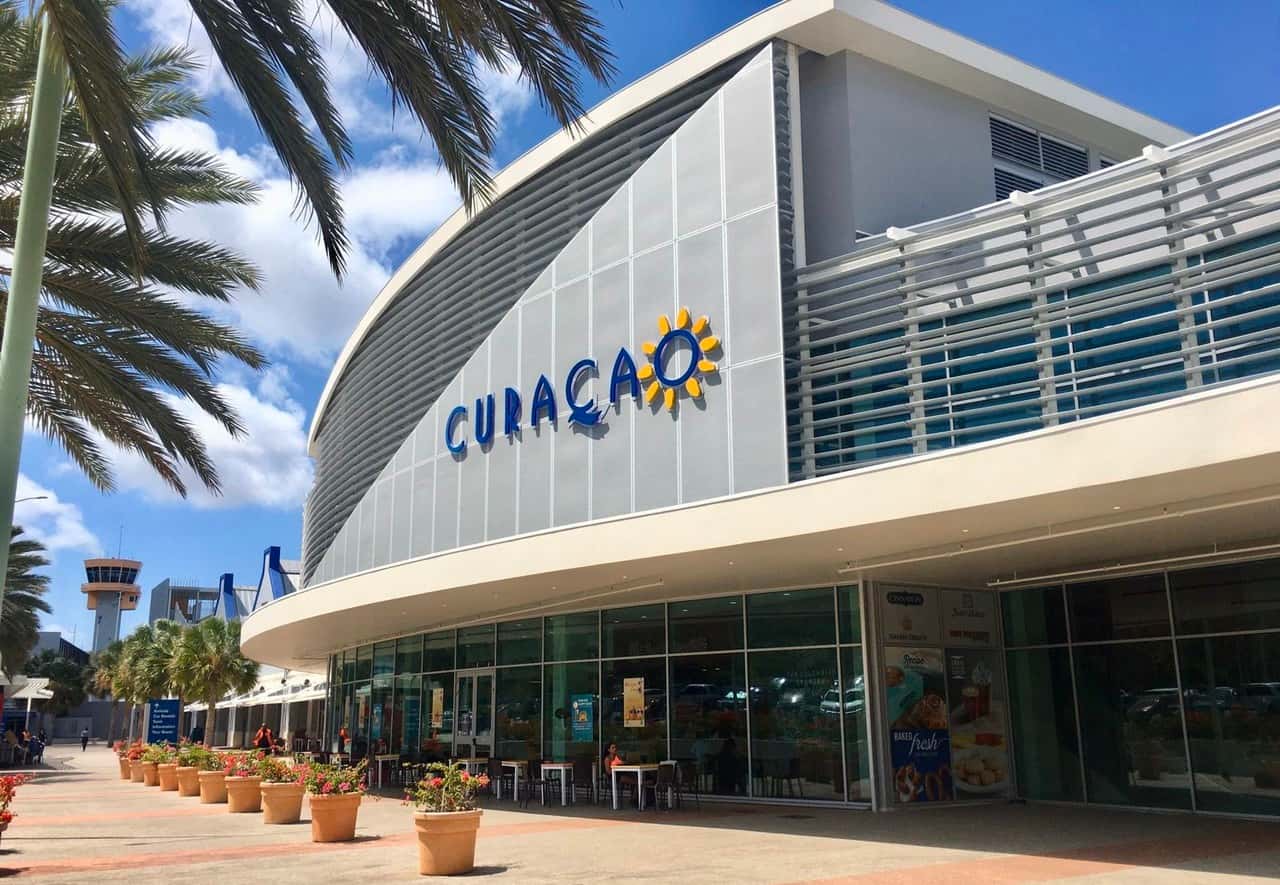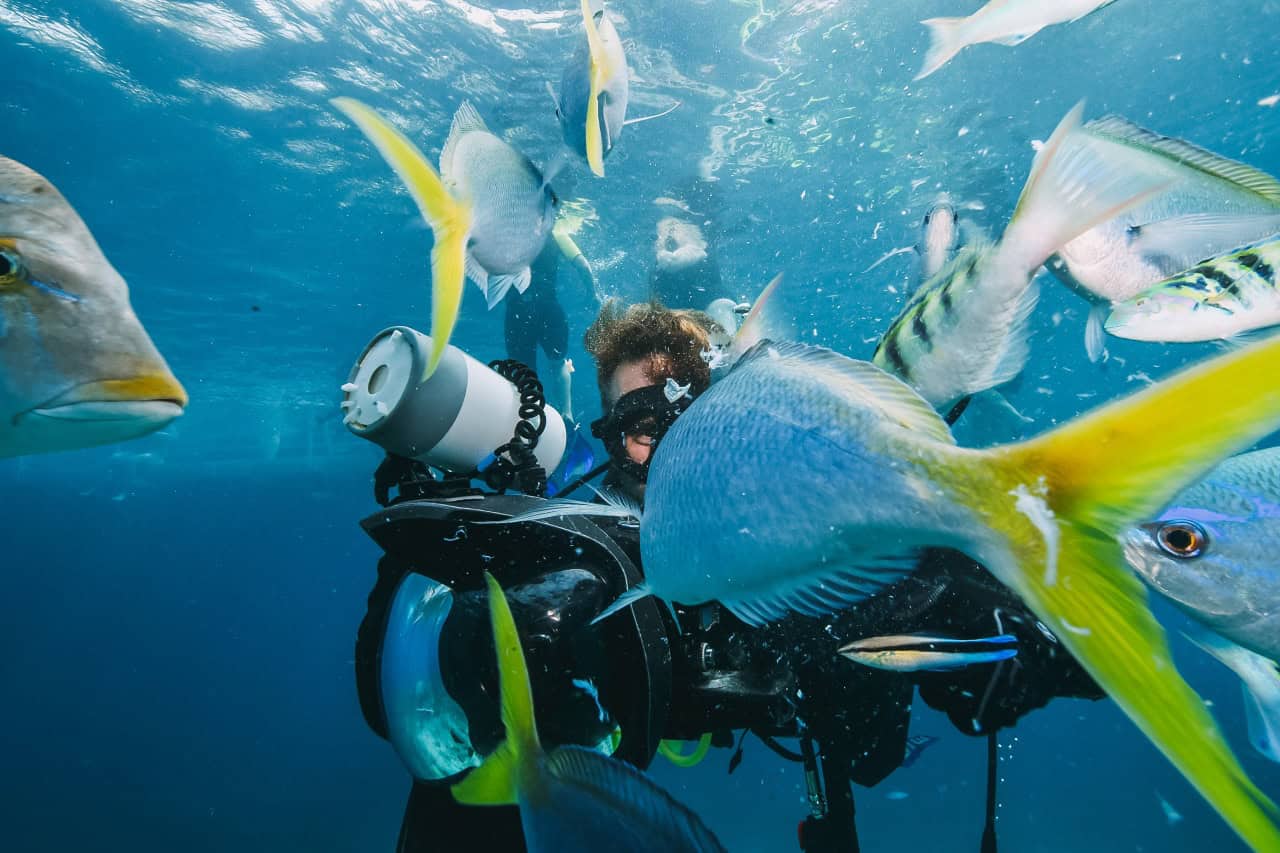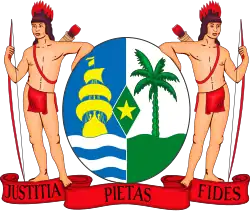Curaçao
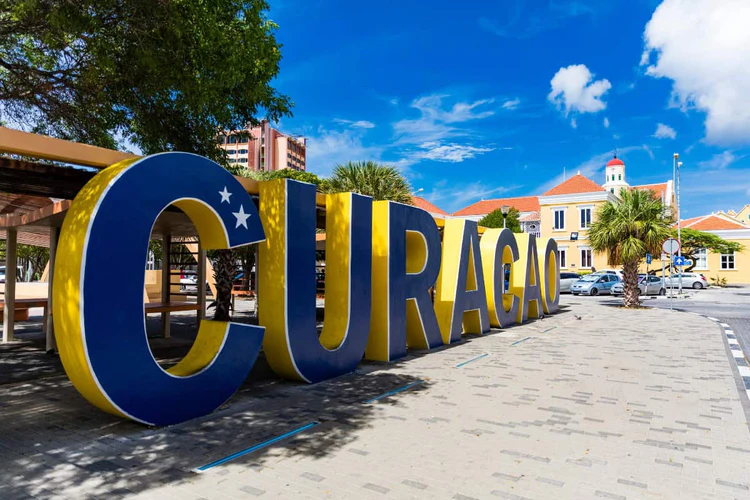
Welcome to Curaçao - colorful, cultural and unforgettably Caribbean
Curaçao surprises you with its colorful capital, crystal clear waters and a rich history reflected at every turn. This tropical jewel offers the ideal mix of relaxation and adventure for any traveler.
Whether you dream of snorkeling among tropical fish, walking through historic districts, or simply soaking up the warm sun on a secluded beach – we’ll make sure your trip is exactly how you want it. Our local expertise and personal touch make every vacation a unique adventure.
Discover below our selection of special excursions, insider tips and customized travel arrangements. Let Curaçao surprise you with its hidden treasures and unforgettable moments that you will remember for a long time.
Curacao activities
$81.90 – $163.80Price range: $81.90 through $163.80
$181.35 Original price was: $181.35.$169.65Current price is: $169.65.
$150.93 Original price was: $150.93.$134.55Current price is: $134.55.
$70.20 – $140.40Price range: $70.20 through $140.40
$111.15 – $128.70Price range: $111.15 through $128.70
$40.95 – $87.75Price range: $40.95 through $87.75
$70.20 – $140.40Price range: $70.20 through $140.40
$138.06
Information about Curaçao
About Curaçao
Discover beautiful Curaçao
Welcome to the paradise of Curaçao (Kòrsou), a fascinating country that is part of the Kingdom of the Netherlands. This tropical jewel has a special status – namely, it is an autonomous country and not just another island. Its territory covers both the main island of Curaçao and the smaller Klein Curaçao, surrounded by crystal clear territorial waters.
Unique location in the heart of the Caribbean
Curaçao is located in the southern Caribbean Sea, just a stone’s throw from the Venezuelan coast. This strategic location provides a perfect tropical climate year-round. Although the island is outside the European Union, its residents do enjoy EU citizenship rights – an interesting detail that reflects the island’s rich history.
From Willemstad to hidden treasures
The colorful capital of Willemstad is the beating heart of this 444-square-kilometer island, home to some 148,000 people. But Curaçao offers so much more than just its charming capital.
An unforgettable travel experience awaits you
This Caribbean paradise welcomes visitors with a unique blend of vibrant traditions, historic architecture and pristine natural beauty. Whether wandering its iconic colored streets, relaxing on secluded sandy beaches or diving among colorful coral reefs – Curaçao promises a trip full of surprises and unforgettable moments.
What you need to know when going to Curacao
Valid passport required
For your vacation to Curaçao, you need a valid passport that remains valid during your entire stay on the island. A Dutch identity card or driver’s license will not suffice for this trip to the Caribbean island.
Fill out online immigration form
Before leaving for Curaçao, you are required to fill out a digital immigration form through the official website. Make sure you can show this form upon arrival on the island, either digitally on your phone or tablet or in printed form.
Bringing children to Curaçao
Children also need a valid passport for travel to Curaçao. For them too, you must complete the digital immigration form in advance. If you are a parent or companion traveling alone with minor children, we recommend checking in advance what additional documents may be required to avoid delays at customs control.
Paying on the island
The official currency in Curaçao is the Antillean guilder (ANG). U.S. dollars are accepted in many places, but euros are usually not readily accepted. You can exchange your euros at local banks for Antillean guilders or U.S. dollars.
Plan your budget liberally for unexpected expenses during your vacation, such as extra charges for flight delays or higher hotel costs. Take several means of payment with you: a debit card, several credit cards and cash. Save your bank’s phone number in your phone in case you need to have your debit card blocked. Remember to activate your bank card for use outside Europe before you leave.
Mobile internet and calling
Check with your mobile provider about the rates for calling and internet use outside the European Union. It may be more advantageous to purchase a special foreign package in advance for your stay in Curaçao.
Emergency aid in Curaçao
Curaçao belongs to the Kingdom of the Netherlands but has no Dutch embassy on the island. In case of emergencies, contact the local emergency services:
General emergency room: 911
Ambulance service: 912
Climate and seasons on Curaçao
The perfect climate for your vacation
Curaçao welcomes visitors with a wonderful tropical climate that is ideal for an unforgettable year-round vacation. The island enjoys constant sunshine with minimal rainfall, so you can almost always enjoy outdoor activities. The temperature hovers around a pleasant 30°C, with only slight differences between seasons of about 2 degrees. It also stays nice and warm at night, with temperature differences of only 4 degrees between day and night. The crystal clear sea water invites swimming and snorkeling with its comfortable temperature averaging 27°C.
Annual precipitation is between 50 and 75 centimeters, falling mainly in the form of short, intense showers that pass quickly. It is useful for travelers to know that October, November and December are the wettest months, while August, September and October are the warmest. Planning your visit in January or February? Then you can enjoy the most pleasant temperatures of the year.
Dealing smartly with the tropical sun
As a visitor, it is essential to take the powerful Caribbean sun seriously. Between noon and 3 p.m., the sun reaches its peak, a time when many local businesses close their doors for a well-deserved break. We recommend seeking a cool spot in the shade during these hours. The UV radiation in Curaçao is considerably more intense than in temperate climates, so your skin may burn more quickly than you are used to.
Protect yourself and the beautiful marine life by using only coral-safe sunscreen. Traditional sunscreen, even in minute amounts, can cause serious damage to the fragile coral reefs. Fortunately, you can find eco-friendly alternatives at local dive centers that are specially designed to protect both your skin and the underwater world.
Being prepared for weather conditions
Although Curaçao is known for its stable weather, tropical weather systems and occasional hurricanes can affect the island. The official hurricane season runs from June 1 to November 30, during which extra vigilance is advised. As a responsible traveler, we advise you to regularly monitor local weather forecasts and stay informed of possible weather developments during your stay.
Curaçao offers a unique blend of rich culture, historic charm and spectacular natural beauty that enchants every visitor. From the iconic colored facades in UNESCO World Heritage Site Willemstad to secluded paradise bays and vibrant coral gardens, this island promises unforgettable experiences for any traveler.
(Public) transportation
Driving on Curaçao
As a tourist in Curaçao, it is important to be extra careful in traffic. Road quality varies greatly across the island and some routes can be unexpectedly busy. Traffic at night requires extra attention, as unfortunately not all drivers follow the rules around drinking and driving. Even though drunk driving is officially prohibited, it still occurs regularly.
Curaçao traffic has some important differences from what you are used to from the Netherlands. The right of way rules are different and overtaking on the right is allowed here. The best advice is to take it easy, move with the flow of traffic and give yourself time to get used to the local driving style.
Dutch driving license valid
Good news for Dutch tourists: your Dutch driver’s license is valid in Curaçao. So you do not need to purchase an international driver’s license for your vacation on the island.
The airport
About the Curaçao Airport
Curaçao’s airport, officially called Hato International Airport , is the island’s main air gate. This modern airport has an impressive runway of 3.4 kilometers long and 60 meters wide, allowing even the largest passenger planes to land and take off without any problems.
You will find the airport on the northern coast of the island, just 12 kilometers from the colorful capital city of Willemstad. This strategic location makes it an ideal starting point for your Caribbean adventure.
Important hub for the Caribbean
As a tourist, you will benefit from the excellent connections offered by this airport. The airport plays a crucial role as a connection point between the various islands in the Caribbean region and operates numerous international flights to destinations worldwide.
When should you be at the airport?
Travel within the Caribbean
Planning a trip to one of the nearby islands? Then all you need is to arrive 1.5 hours before your scheduled departure time. This will give you enough time for all the formalities.
Flights towards Europe
For your return flight to Europe or other European destinations, we recommend arriving at the airport at least 2 hours before departure.
Travel to North America
Is your trip going to Canada or the United States? Then be sure to arrive at least 3 hours in advance. Due to additional security checks for these destinations, you will need extra time for all procedures.
Events
Curacao events and activities guide
Weekly entertainment opportunities
On Wednesdays, Cabana at Mambo Beach welcomes visitors for a vibrant evening of music and entertainment. The perfect way to refuel in the middle of the week.
Thursday is all about relaxation with open-air cinema right on the beach. At Cabana you can enjoy the latest movies under the stars with your feet in the sand.
Friday night the nightlife erupts on Mambo Beach. Both Chill and Madero Ocean Club open their doors for an unforgettable start to the weekend with cocktails and dance music.
For an authentic Caribbean experience, head to Jan Thiel on Saturday night. Here, Zanzibar offers the perfect setting for a tropical evening of local atmospheres and international beats.
Sunday is ideal for families at Kokomo Beach. Enjoy special family packages and take advantage of attractive happy hour prices while the kids play in paradise.
Curacao culinary festival
Every spring in April, Country House Chobolobo transforms into a culinary paradise. Restaurants from all over the island present their signature dishes to food lovers from home and abroad. Stroll through the historic gardens while tasting innovative creations and traditional recipes. This festival has developed into one of the highlights of the tourist season.
Pietermaai food festival
October brings a special taste experience to the colorful Pietermaai neighborhood. Local chefs and restaurants gather on the central square for a large culinary festival. Sample small portions of various specialties while live bands provide background music. The intimate setting among the restored colonial buildings makes this Event extra special for those who want to discover the local food culture.
Overview of events by month
| Month | Event | Location | Type |
|---|---|---|---|
| January-December | Wednesday night party | Mambo Beach – Cabana | Weekly |
| January-December | Thursday movie night | Mambo Beach – Cabana | Weekly |
| January-December | Friday night out | Mambo Beach – Chill & Madero | Weekly |
| January-December | Saturday night party | Jan Thiel – Zanzibar | Weekly |
| January-December | Sunday family activities | Kokomo Beach | Weekly |
| April | Curacao Culinary | Country house Chobolobo | Annual |
| October | Pietermaai Proeft | Pietermaai center | Annual |
History
The discovery of Curaçao by European explorers
In the summer of 1499, Spanish explorer Alonso de Ojeda was the first European to arrive on the shores of Curaçao. By then the island was already inhabited by about two thousand indigenous inhabitants who had been building their lives here for generations. This early encounter between the Old and New Worlds would mark the beginning of dramatic changes for the island.
The fate of the original inhabitants
The arrival of the Spaniards had devastating consequences for the local population. Within just sixteen years, in 1515, almost all the original islanders were forced to leave as slaves for mainland South America. There they had to do heavy work on the large plantations the Spaniards had established.
Spanish colonization and administration from the mainland
Around 1527, Spanish colonists began to settle permanently on Curaçao. The island was not governed independently, but fell under the authority of several cities in what is now Venezuela. This administrative set-up reflected Curaçao’s strategic position in the Caribbean.
European flora and fauna alter island landscape
The Spanish colonists introduced numerous animal and plant species that did not occur naturally on Curaçao. Goats, sheep, cattle and horses were imported and adapted well to the tropical climate. They also brought several European plants, trees and flowers that would change the island landscape forever.
Challenges and disappointments for the colonists
Despite the successful introduction of European species, the Spanish faced significant problems. The dry climate made agriculture particularly difficult, salt mining yielded less than expected, and the island proved to contain no valuable minerals such as gold, silver or precious stones. These economic disappointments eventually led to the gradual decline of the Spanish presence on the island.
Chronological development of Curaçao under Spanish rule
| Year | Event |
|---|---|
| 1499 | Discovery by Alonso de Ojeda |
| 1515 | Deportation of nearly all natives as slaves |
| 1527 | Settlement of Spanish settlers |
| 1527-1634 | Governance from Venezuelan cities |
| After 1527 | Introduction of European animals and plants |
| Late 16th century | Gradual decline in Spanish presence |
Traditional food and drink
Traditional Curaçao wedding dishes
When you attend a Curaçao wedding, you will be introduced to authentic dishes that have been part of these special celebrations for generations. The main dish keshi yena is the heart of the feast. This unique specialty consists of a hollowed-out block of edam cheese filled with a flavorful combination of meat or fish, supplemented with capers, raisins, prunes and olives. After filling, the whole thing is baked in the oven to a golden-brown delicacy.
Also central to the menu is stoba, a savory stew prepared with meat, fish or local vegetables such as the typical Curaçao cucumber. This dish is traditionally served with funchi, a local polenta-like side dish.
For family gatherings, you often choose baked or stewed goat meat, which is served with white rice, fried banana, peas and red beets. Dessert consists of the classic wedding cake combined with a piece of bolo pretu, a traditional black cake.
Roof celebration traditions
A special curaçao tradition is celebrating the completion of a new roof. This celebration centers on sopi di mondongo, a nutritious soup that is also popular as a Sunday meal. Also known as antillean pepperpot, this mondongo soup is prepared from beef stomachs and hooves or goat meat, enriched with the same ingredients as keshi yena: capers, raisins, prunes and olives. Sometimes a dash of sherry or cognac is added for extra flavor.
Special local specialties
Curaçao cuisine offers several unique dishes that you should try during your visit. Sankocho is a rich, nutritious soup with a combination of fresh and cured meats, seasonal vegetables, bananas, root vegetables, fresh corn cobs and both sweet and regular potatoes.
Sòpitu stands out as a thick, creamy soup based on cured meat, roasted fish, coconut milk, corn cobs and aromatic spices. For lovers of okra, guiambo is highly recommended. This okra soup contains salted meat (sometimes with pork tail), fresh fish, cheese, shrimp and karko (a local shellfish), served with funchi.
Tutu, also called jug jug in some areas, is a traditional dish of funchimeel combined with beans, salted meat and a touch of sugar. Finally, local cuisine offers iguana soup, a rare delicacy you may encounter during your culinary exploration.
Refreshing local beverages
During warm days on Curaçao, locals enjoy awa di sorsaka, a refreshing drink made from soursop, on a daily basis. Batido di fruta, a fruit smoothie made with seasonal fruits, is also high on the popularity list.
The world-famous blue curaçao liqueur, although an icon of the island, is mainly reserved for special occasions and celebrations.
Sweet surprises
The curaçao baking tradition is known for its diverse bolo (cakes), tèrt and the signature lèter di peanut. The bolo di manteka, a rich butter cake of flour, sugar, butter and eggs, is reminiscent of the American pound cake but has its own local twist.
A real specialty are the s-shaped peanut cookies, called lèter di pinda, which are made from carefully ground peanuts.
Savory snacks
For a quick bite on the go, pastechi are essential – crispy patties filled with fish, meat or cheese. Empaña, made from cornmeal, offers a different texture and flavor experience. Kala, a savory fried snack made from ground beans, completes the range of local snacks perfectly.
Overview of curaçao specialties
| Category | Court | Main Ingredients | Serving time |
|---|---|---|---|
| Main courses | Keshi yena | Edam cheese, meat/fish, capers, raisins | Weddings, parties |
| Main courses | Stoba | Meat/fish/vegetables, funchi | Daily meals |
| Soups | Mondongo | Beef stomach, spices, sherry/cognac | Roof celebration, Sunday |
| Soups | Sankocho | Fresh/cured meat, vegetables, tubers | Family gatherings |
| Soups | Guiambo | Okra, salted meat, fish, shrimp | Lunch, dinner |
| Beverages | Awa di sorsaka | Soursack | Daily |
| Beverages | Blue curaçao | Curaçao orange | Special occasions |
| Sweet | Bolo di manteka | Flour, butter, sugar, eggs | Dessert, in between |
| Savory | Pastechi | Dough, fish/meat/cheese filling | Snack, lunch |
Meaning of the flag
The meaning behind Curaçao’s flag
As a visitor to this beautiful Caribbean island, you will see the flag of Curaçao everywhere. This colorful flag tells the story of the island and its inhabitants in a special way.
Symbolism of colors
The striking blue that dominates the flag has deep meaning for the locals. This color represents the loyalty and allegiance of Curaçaoans. The blue in the upper part represents the crystal clear Caribbean skies that you as a tourist will admire daily, while the lower blue symbolizes the azure sea that completely surrounds the island.
The golden sunshine
The yellow band running through the center of the flag depicts the tropical sun shining year-round on Curaçao. For tourists, this means almost guaranteed sunny weather during their vacation. This golden color also represents the cheerful and hospitable nature of the locals who always warmly welcome visitors.
Stars with meaning
The two white stars in the corner of the flag also have their own story. They represent the two islands that make up the territory: the main island of Curaçao and the smaller Klein Curaçao. The five points of each star symbolize the five continents from which the island’s diverse population originally came, making Curaçao a true cultural melting pot.
Peace and harmony
The white color of the stars represents the peace and happiness that reign on the island, something every visitor will experience immediately during their stay.
| Element | Color | Meaning for tourists |
|---|---|---|
| Upper half | Blue | Clear Caribbean skies |
| Lower half | Blue | Azure sea surrounding the island |
| Middle band | Yellow | Tropical sun and happy people |
| Two stars | White | Curacao and Klein Curacao |
| Five star points | – | Multicultural population |
| White color | White | Peace and happiness on the island |
Our promise for your travel experience
More than travel: experience, develop and grow
Blue Bird is not just about vacationing, but about experiences that enrich you. Our trips give you the chance to really get to know other cultures and come back with a broader view of the world.
Access to unique experiences worldwide
From local meetings to exclusive tours, we select only the most special and authentic experiences. Think foreign weddings, milestone trips, study trips and business inspiration experiences.
Personal, engaged and culturally aware
We believe in travel with depth. That’s why we work with local partners, provide culturally respectful experiences and personally guide you every step of the way.
Your journey, just the way you want it
Whether you dream of a private snorkeling tour, a surprise trip for a special occasion or just want to be completely unburdened, we will arrange it! Together, we’ll put together a unique experience that perfectly suits your needs. Personalized, flexible and organized to perfection.
Popular Articles
- Blog
- Aruba
- Bonaire
- Curaçao
- Information
- Saint Martin
- Suriname
- Blog
- Aruba
- Bonaire
- Curaçao
- Information
- Saint Martin
- Suriname
